Best Ferrari Testarossa:10 Legend of Automotive Excellence
Introduction
In the pantheon of automotive legends, few cars have captured the public’s imagination like the Ferrari Testarossa. This iconic sports car, produced from 1984 to 1996, remains a symbol of 1980s excess, Italian craftsmanship, and automotive performance. Its distinctive design, remarkable performance, and cultural impact have cemented its status as a classic in the automotive world. In this comprehensive article, we delve into the history, design, performance, and cultural significance of the Ferrari Testarossa, exploring what makes it a timeless masterpiece.
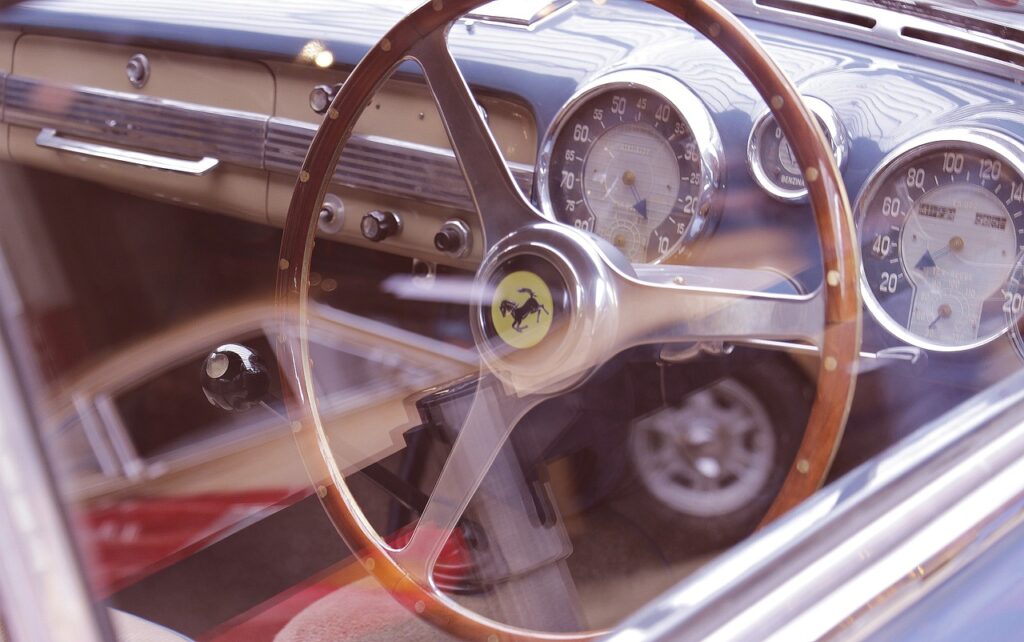
Historical Background
Origins and Development
The Ferrari Testarossa emerged in the mid-1980s as Ferrari’s flagship model, succeeding the Ferrari 512 BB. The Testarossa was introduced during a period of significant change and innovation for Ferrari, as the company sought to enhance its lineup with a car that combined stunning performance with striking aesthetics. The car was designed by the renowned Italian designer Pininfarina, known for his work on numerous Ferrari models. The goal was to create a car that not only represented Ferrari’s commitment to high performance but also captured the spirit of the era.
The Testarossa was unveiled at the 1984 Paris Motor Show, where it immediately captivated the audience with its bold design and technical prowess. It was a statement of Ferrari’s ability to blend art and engineering, setting a new standard for supercars of the time.
Design and Aesthetics
Exterior Design
The Ferrari Testarossa is perhaps best known for its distinctive design, characterized by its wide, low stance and aggressive lines. The most recognizable feature of the Testarossa is its side strakes, or “cheese graters,” which were not just for show but also served a functional purpose. These strakes helped to channel air to the rear-mounted radiators, enhancing cooling efficiency and ensuring optimal performance.
The Testarossa’s front end features sharp, angular headlights and a prominent Ferrari badge, while the sleek, elongated body provides an impression of speed even when the car is stationary. The car’s rear is equally striking, with quad tailpipes and a wide rear grille that accentuates its powerful presence.
The Testarossa’s design was a departure from the more conservative styling of its predecessors, embracing a bold and futuristic look that epitomized the 1980s. Its aerodynamic shape, combined with its wide wheelbase and low center of gravity, contributed to its impressive handling characteristics.
Interior Design
Inside, the Ferrari Testarossa continued the theme of luxury and performance. The cabin was designed with the driver in mind, featuring a driver-focused layout and high-quality materials. The dashboard was equipped with a comprehensive set of gauges and controls, allowing the driver to monitor the car’s performance metrics in real time Ferrari Testarossa.
The Testarossa’s interior also boasted leather upholstery, ergonomic seats, and a distinctive, centrally-mounted gear shifter. The design was both functional and stylish, reflecting Ferrari’s commitment to creating an immersive driving experience. Despite its focus on performance, the Testarossa did not compromise on comfort, offering a refined and enjoyable driving environment.
Performance and Engineering
Engine and Power
At the heart of the Ferrari Testarossa was its impressive 4.9-liter flat-12 engine, a hallmark of Ferrari’s engineering prowess. This engine, known for its distinctive sound and high-revving nature, produced 390 horsepower and 420 Nm of torque. The flat-12 configuration, with its horizontally opposed cylinders, contributed to the car’s low center of gravity and exceptional handling.
The engine was paired with a five-speed manual transmission, providing a direct and engaging driving experience. The Testarossa’s performance was further enhanced by its rear-wheel-drive layout and advanced suspension system, which allowed it to handle with precision and agility.
The Testarossa could accelerate from 0 to 60 mph in just over 5 seconds, with a top speed of around 180 mph. These figures were impressive for the time and solidified the Testarossa’s reputation as a high-performance supercar.
Suspension and Handling
The Ferrari Testarossa’s suspension system was designed to provide a balance between comfort and performance. It featured independent suspension at both the front and rear, with double wishbones and coil springs. This setup allowed the Testarossa to deliver precise handling and a smooth ride, even at high speeds.
The car’s braking system was equally advanced, with ventilated disc brakes at all four corners. This provided the Testarossa with strong stopping power and excellent fade resistance, ensuring that the car could handle aggressive driving with confidence.
The Testarossa’s aerodynamic design also played a crucial role in its handling characteristics. The car’s low drag coefficient and well-designed downforce helped to maintain stability at high speeds, making it a formidable performer on both road and track.
Cultural Impact
In Popular Culture
The Ferrari Testarossa quickly became a cultural icon, appearing in numerous films, television shows, and video games. Perhaps the most famous appearance was in the 1980s TV series “Miami Vice,” where the Testarossa became synonymous with the show’s glamorous and high-octane style. The car’s distinctive design and vibrant color schemes made it a perfect fit for the show’s aesthetic, and it became one of the most recognizable vehicles of the decade.
The Testarossa’s popularity extended beyond the realm of entertainment, with the car becoming a symbol of success and luxury. Its status as a high-performance sports car made it a desirable object for enthusiasts and collectors alike, further cementing its place in automotive history.
Collectibility and Legacy
Today, the Ferrari Testarossa remains a sought-after collector’s item, with well-preserved examples commanding high prices at auctions. The car’s limited production run, combined with its iconic design and performance credentials, has ensured that it retains a special place in the hearts of car enthusiasts.
The Testarossa’s legacy also extends to its influence on subsequent Ferrari models. The design and engineering innovations introduced with the Testarossa helped to shape the development of future Ferrari vehicles, ensuring that its impact is felt long after its production ceased.
Conclusion
The Ferrari Testarossa stands as a testament to Ferrari’s ability to create cars that are both beautiful and performance-oriented. Its striking design, powerful engine, and cultural significance have solidified its status as a classic in the automotive world. The Testarossa’s combination of style, performance, and innovation has ensured that it remains a beloved and iconic vehicle, representing a golden era of automotive design and engineering. As we look back on the Testarossa, we are reminded of a time when the boundaries of performance and design were pushed to new heights, creating a car that continues to inspire and captivate enthusiasts around the world.
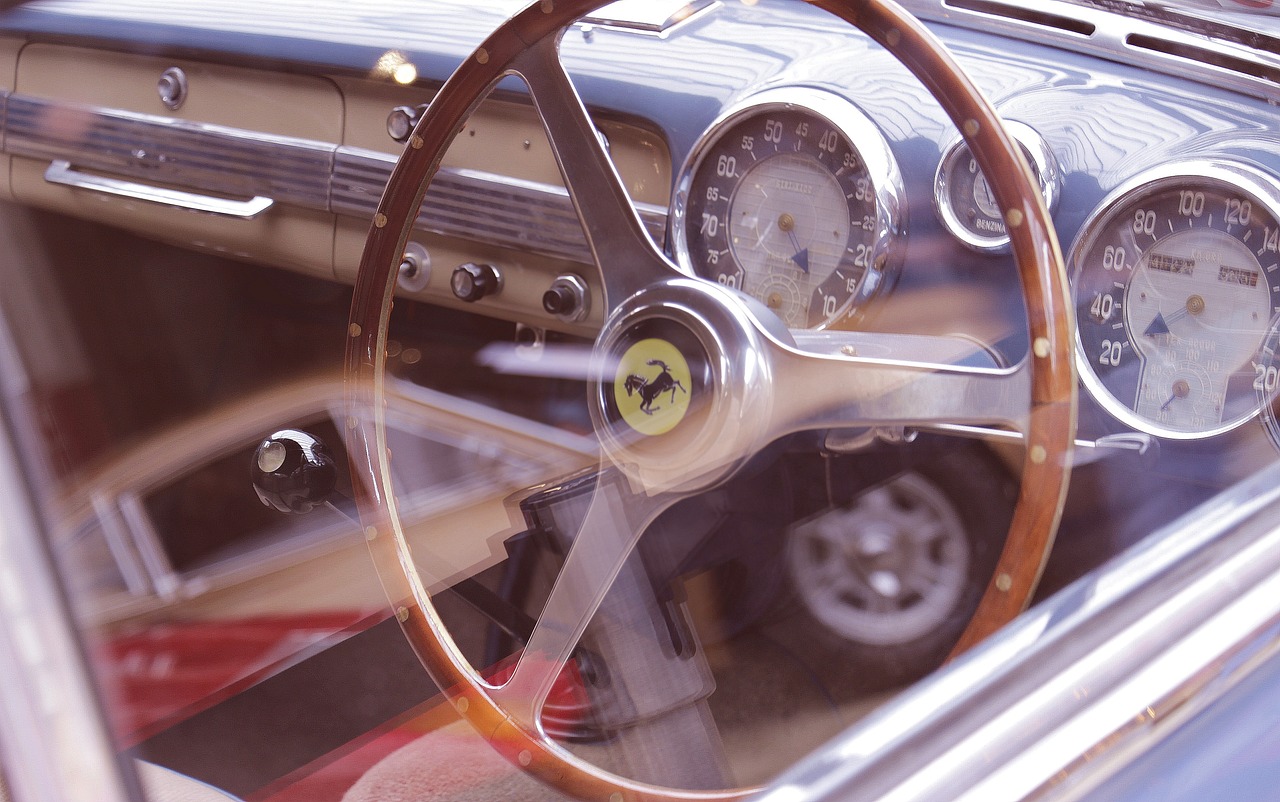
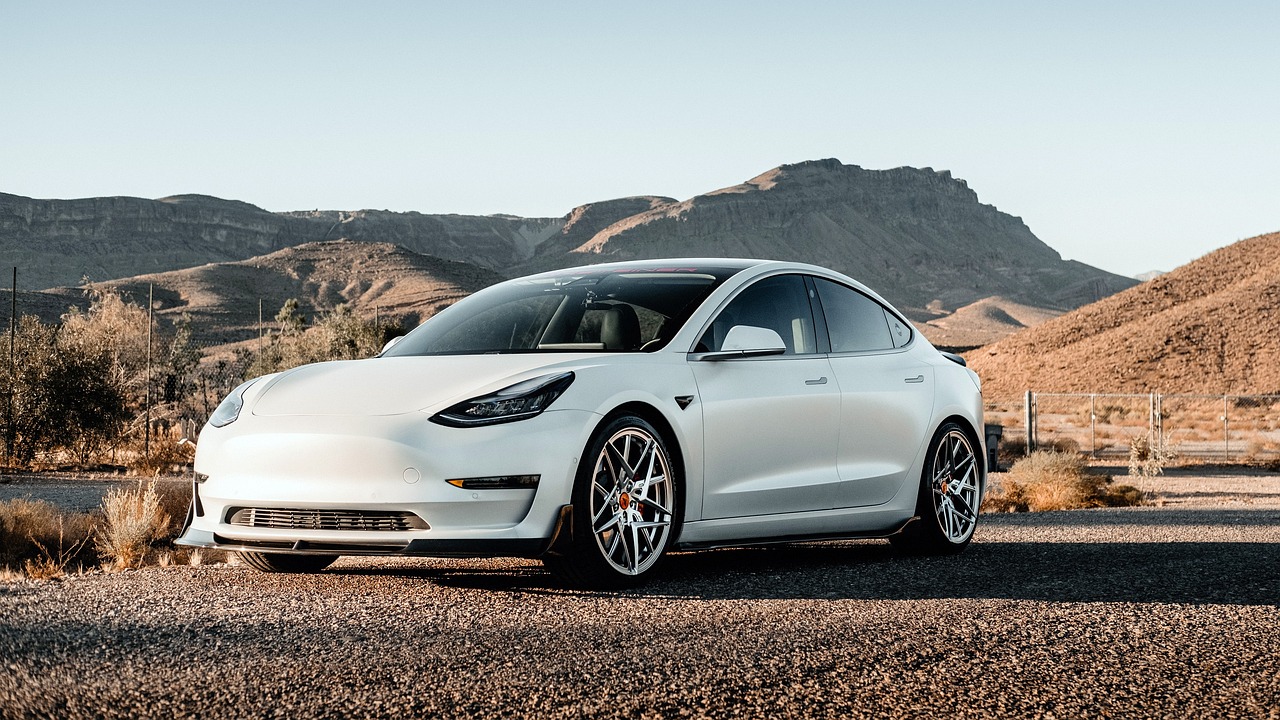

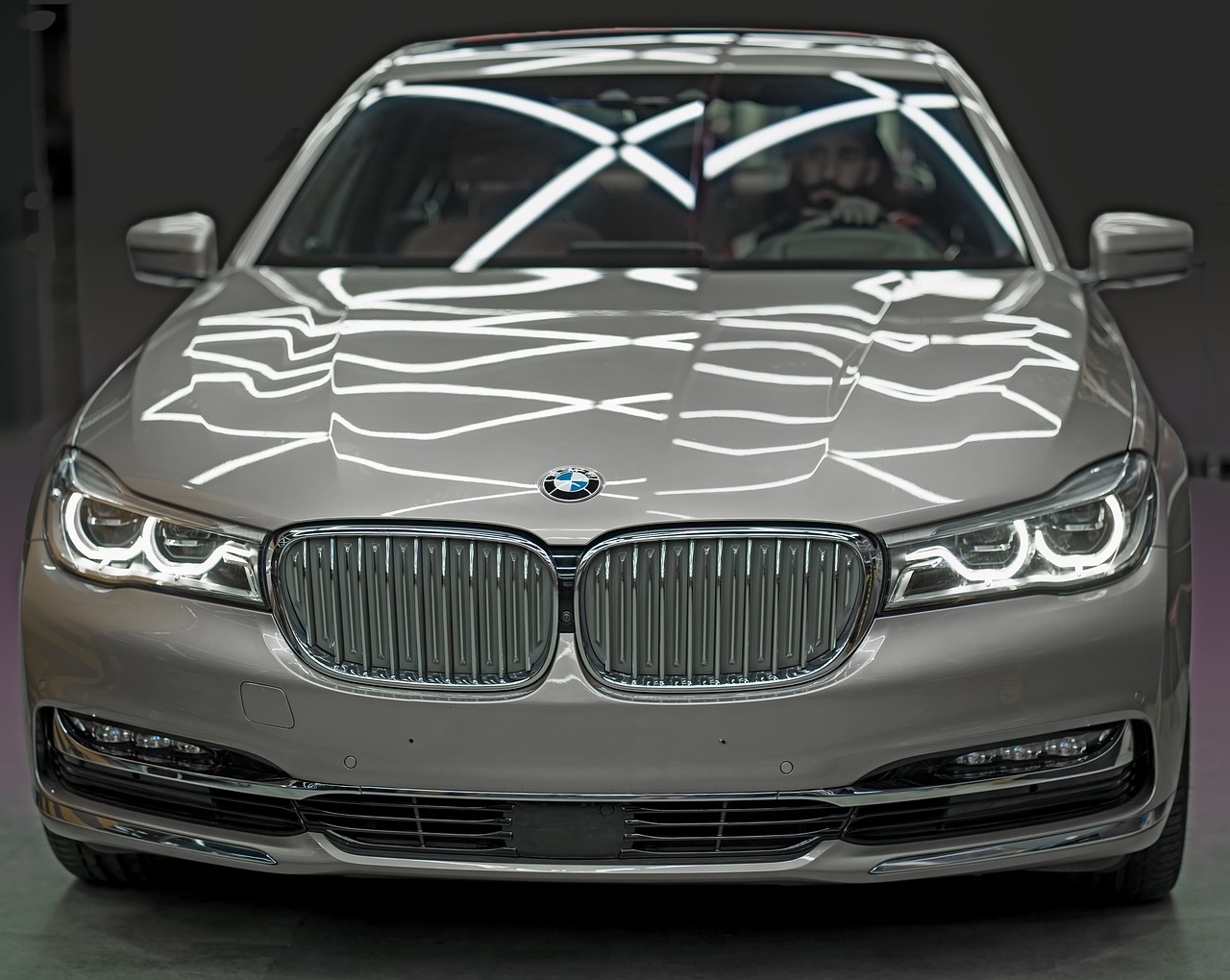


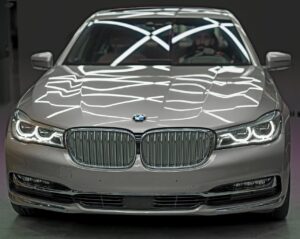

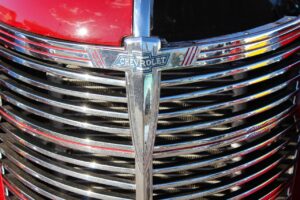




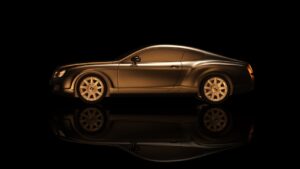
Post Comment